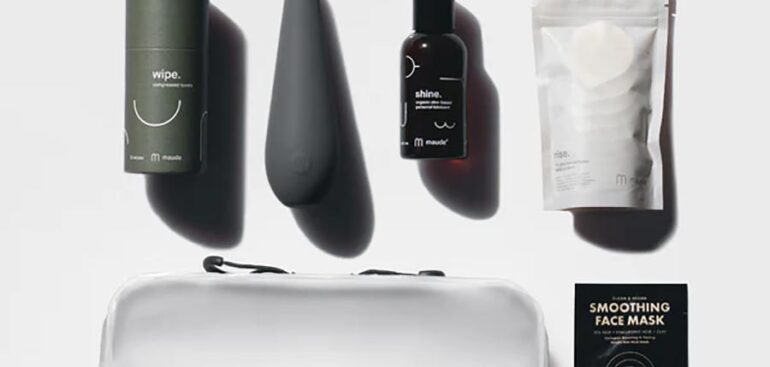London City Airport has abandoned the 100ml liquid restriction by implementing cutting-edge scanners that also enable electronic devices to be carried in hand luggage during security checks.
Passengers are now permitted to bring up to two litres of liquids, and cosmetics no longer have to be placed in individual bags.
Following Teesside’s example, this is the second British airport to employ this technology across all its security lanes, which was launched in March.
Most UK airports are required by the government to install these machines by June 2024.
London City Airport has introduced the C3 scanners, which generate high-resolution 3D images of bags.
Unlike in other airports, travellers are not currently required to remove items such as tablets, laptops, and liquids from their hand luggage for security checks.
The present regulations were implemented in November 2006 after British police declared they had thwarted a scheme to detonate explosives concealed in drinks and blow up as many as 10 planes.
More than a year ago, London City Airport commenced testing the new technology and launched four of the new X-ray machines, which resemble CT scanners utilised in hospitals, on Tuesday.
Alison FitzGerald, the Chief Operating Officer, stated that screening personnel have been retrained to operate the technology, which provides 3D images, and the public can be confident in its safety.
“The X-ray machine’s level of processing is now even more secure than before, and the device has the ability to differentiate between hazardous and non-hazardous liquids,” she stated.
While the machine would still reject any suspicious images, screening personnel can concentrate on potential risks while allowing harmless items like water, shampoo, and perfume to pass through, she added.
Ms FitzGerald further said that the “door-to-gate” process would be accelerated, with an anticipated 30% rise in passenger numbers.
She stated, “The entire procedure is faster since you used to have to empty your bag and put it in several trays, whereas now it’s only one bag in one tray, and you don’t need to take out everything.”
The UK’s most extensive airports are progressively implementing the next generation technology.
Heathrow carried out 3D scanner trials in 2017 and stated that installing the new machines, given the airport’s higher number of security lanes than any other, would “naturally be intricate and require more time.”
At present, Gatwick is testing 19 lanes with next-generation technology across its two terminals, but a spokesperson advised passengers to follow all current rules.
Other airports said that they had no specific deadline for completion, but they would comply with the government’s target of June 2024.

